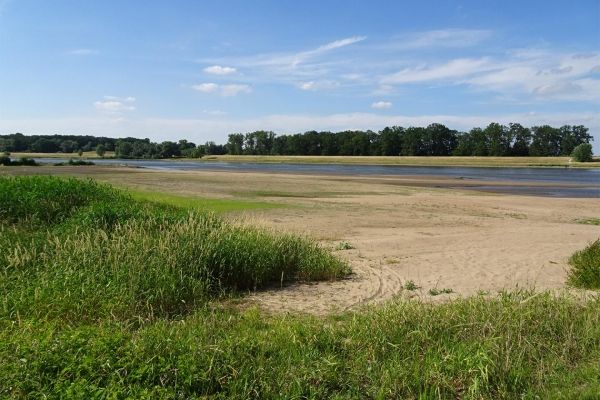Inland waters such as rivers, lakes and reservoirs play an important role in the global carbon cycle. Calculations that scale up the carbon dioxide emissions from land and water surface areas do not take account of inland waters that dry out intermittently. This means that the actual emissions from inland waters have been significantly underestimated - as shown by the results of a recent international research project led by scientists at the Helmholtz Centre for Environmental Research (UFZ) in Magdeburg and the Catalan Institute for Water Research (ICRA). The study was published in Nature Communications.
"It all began in 2013, during a measurement campaign in Catalonia in Spain," says Dr Matthias Koschorreck, a biologist in the Department of Lake Research at UFZ. Together with a Spanish team, he was studying the release of greenhouse gases in the catchment of a small river. "It was summer and parts of the riverbed were dry. On a whim, we decided to take some measurements in those areas too," Koschorreck explains. "The results surprised us - these dry, gravelly areas of the riverbed released unexpectedly high levels of carbon dioxide." Koschorreck and his colleague Dr Rafael Marcé from ICRA in Girona (Spain), decided to investigate that further. Results from various locations in Spain and Germany all produced the same finding: dry inland waters released readily measurable and sometimes considerable levels of carbon dioxide. "We wondered whether this might be the case in other regions of the world, and whether greenhouse gas emissions from inland waters might be fundamentally underestimated," says Koschorreck. "In studies that scale up emissions of greenhouse gases from land and water surface areas, inland waters that dry out intermittently haven't previously been taken into account."
Read more at Helmholtz Centre for Environmental Research - UFZ
Image: River Elbe (Germany) in June 2018. (Credit: Matthias Koschorreck / UFZ)


